Category: Embryo Freezing

Do’s and Don’ts After Embryo Transfer
An embryo transfer refers to the transfer of embryos created in previous rounds of IVF that remain unused. This makes for a simpler process as hormones are not needed and...

What Are the Symptoms Experienced After a Frozen Embryo Transfer?
Frozen Embryo Transfer is a procedure that individuals might opt for if they want to try again to conceive after a failed IVF attempt or wish to extend their family....
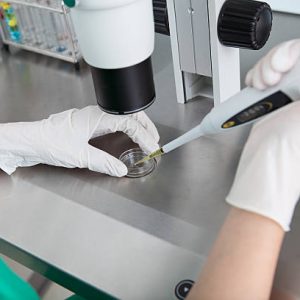
What Happens After an Embryo Transfer?
Once embryos are transferred into the uterus, it typically takes 10 days until hCG levels are high enough to detect on a pregnancy test. However, many of our patients prefer...

How to Prepare for Your Embryo Transfer
In the same way that a seed needs the right conditions and nutrients in order to grow, so does an embryo in order to develop into a healthy baby. This...
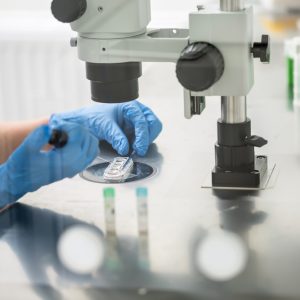
All You Need to Know About Frozen Embryo Transfers
In recent times, Frozen Embryo Transfers (FET) have become increasingly more successful and therefore far more prevalent amongst patients. FETs are only possible after an IVF cycle where there are...
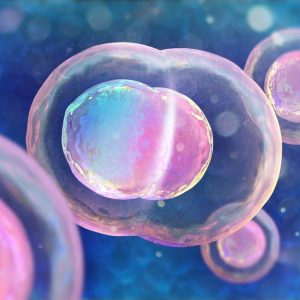
Implanting Two Embryos Could Reduce Chances of Pregnancy
Implanting two embryos during IVF has been the default technique for certain groups in order to maximise the chances of pregnancy, especially in the past when techniques were less refined,...
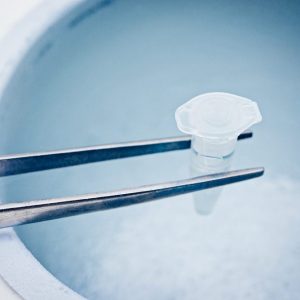
The Great Egg Freeze – The Tipping Point for Egg Freezing?
Last month BBC Radio 4 repeated a documentary on egg freezing and the opportunities now available for women to delay conception. Sometimes heralded as fertility insurance, it is important that...

Transferring One Embryo or More – Weighing the Risks
As part of your fertility treatment, you may have to decide whether to transfer one embryo or more into your uterus with the hopes that they will properly implant and...
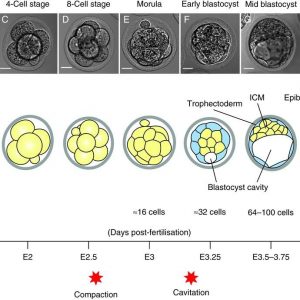
How Long Should We Keep Embryos Alive in Laboratories?
Why produce embryos at all? Embryos are produced in In-Vitro Fertilisation (IVF) laboratories from eggs and sperm and are transplanted into the wombs (uterus’s) of their mothers a few days...

What Happens to the Remaining Embryos After Treatment?
Embryo freezing often requires harvesting eggs and creating a number of embryos to ensure that patients have a good chance of success – not all embryos are necessarily used, so...
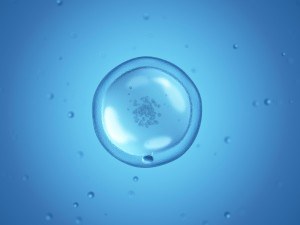
Freezing Eggs vs Freezing Embryos – Which is Right for You?
Women who wish to extend their fertility or preserve it after undergoing medical treatments often choose to freeze their eggs or embryos to implant them later on. There are no...
